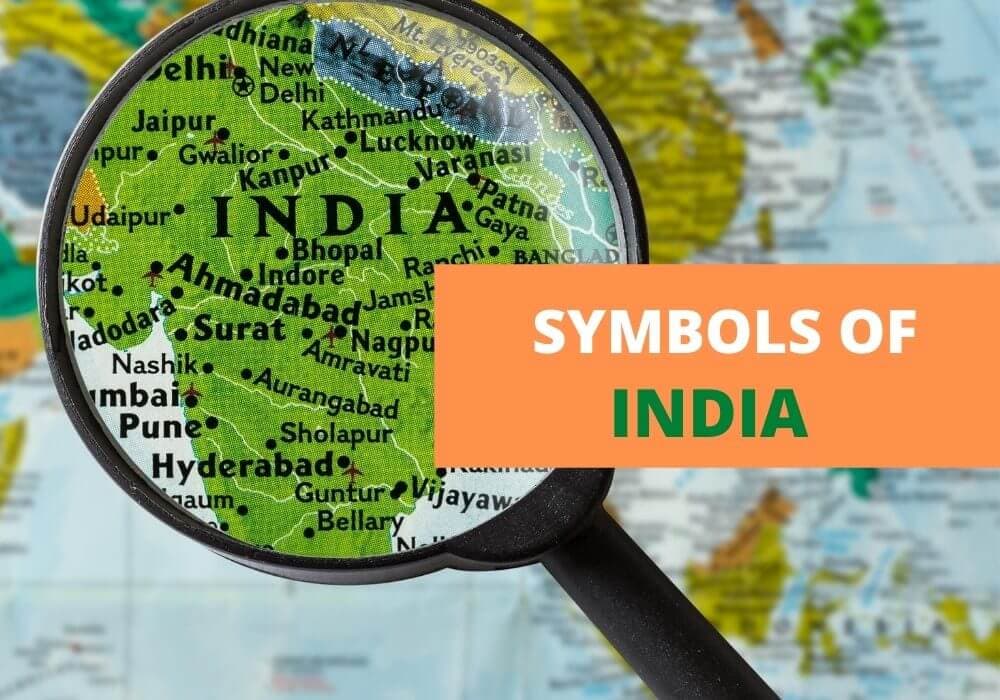
Table of Contents
India is a land of rich cultural heritage, with a history spanning several thousand years. It’s the place of origin of many of the world’s great religions and philosophies (think Buddhism, Hinduism and Sikhism), and is known for its cultural diversity, film industry, large population, food, passion for cricket, and colorful festivities.
With all this, there are many national official and unofficial symbols that represent India. Here’s a look at some of the most popular.
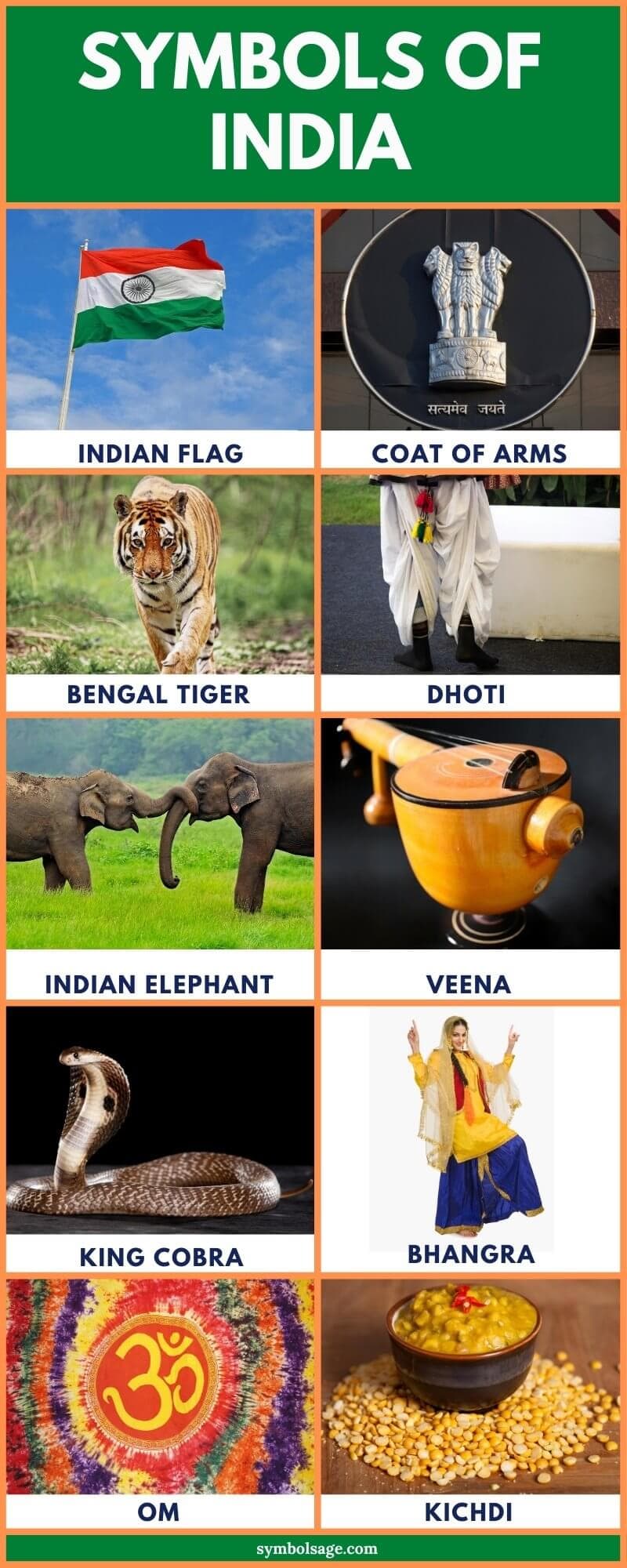
- National Day: 15th of August – Indian Independence Day
- National Anthem: Jana Gana Mana
- National Currency: Indian Rupee
- National Colors: Green, white, saffron, orange and blue
- National Tree: Indian banyan tree
- National Flower: Lotus
- National Animal: Bengal tiger
- National Bird: Indian peafowl
- National Dish: Khichdi
- National Sweet: Jalebi
National Flag of India
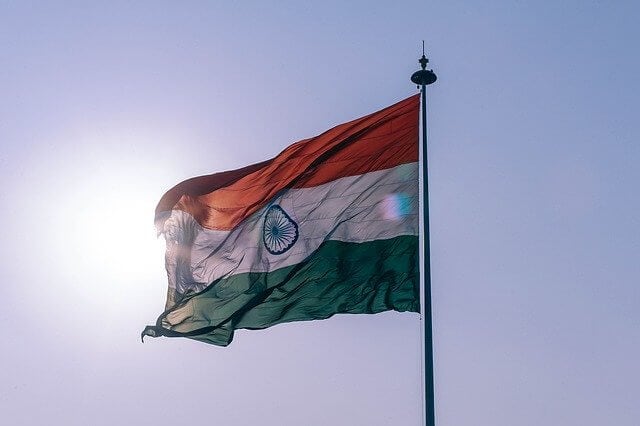
The national flag of India features a horizontal tricolor design with a saffron band at the top, a white band in the middle, and a green band at the bottom. In the center of the white band, there’s a navy-blue Ashoka Chakra, also known as the Dharma Wheel. This wheel appears in many major Indian religions.
The saffron color represents the country’s courage and strength. The white band, displaying the Ashoka Chakra, symbolizes truth and peace. The Dharma Wheel, with its 24 spokes, represents various principles of life and signifies the 24 hours of a day, earning it the name ‘Wheel of Time.’ The green band reflects the land’s fertility, growth, and auspiciousness.
The flag’s current design was adopted in 1947 during a meeting of the Constituent Assembly, marking it as the national flag of the Dominion of India. By law, manufacturers must use a special hand-spun cloth called ‘khadi’ or silk for the flag, a fabric popularized by Mahatma Gandhi.
When displayed, the saffron band should always be at the top. The flag must never be flown at half-mast on Independence Day, Republic Day, or state formation anniversaries, as it’s seen as disrespectful to the flag and the nation.
Coat of Arms of India
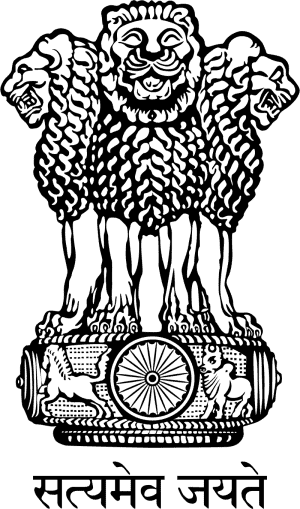
The Indian coat of arms features four lions that represent pride and royalty. On a 2D view of the emblem, only three lions’ heads are visible as the fourth is obscured. Each side of the pedestal beneath the lions displays the Ashoka Chakra, a symbol derived from Buddhism that signifies honesty and truth. Flanking each chakra are figures of a horse and a bull, symbolizing the strength of the Indian people.
Below this symbol, there’s a famous Sanskrit verse which translates to “the truth alone triumphs.” This phrase emphasizes the importance of truth and honesty in religion and society.
Contrary to the description, the symbol was not created by Emperor Ashoka in 250 BC. It’s actually a modern adaptation of the Lion Capital of Ashoka, an ancient sculpture dating back to around 250 BC.
This sculpture was carved from a single piece of polished sandstone. India adopted this emblem as its coat of arms on January 26, 1950, the day it became a republic. The emblem is used on all official documents, including passports, and also appears on Indian currency and coins.
The Bengal Tiger
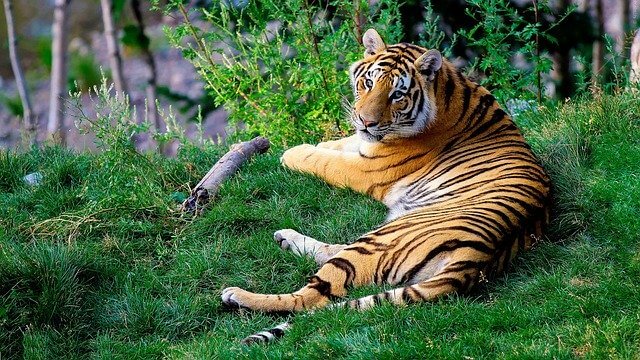
The Bengal Tiger, native to the Indian subcontinent, ranks among the world’s largest wild cats. It holds the title of India’s national animal and has a significant place in Indian history and culture.
Historically, the Bengal Tiger symbolized power, magnificence, beauty, and fierceness. It also represented valor and bravery. Hindu mythology depicts Goddess Durga riding this tiger. In the past, noblemen and kings viewed tiger hunting as a supreme act of bravery. However, hunting tigers is now illegal.
Previously referred to as the ‘Royal’ Bengal Tiger, this animal currently faces the threat of extinction. The main causes are poaching, habitat loss, and fragmentation. Historically, people poached them for their fur, which some still sell illegally worldwide.
Dhoti
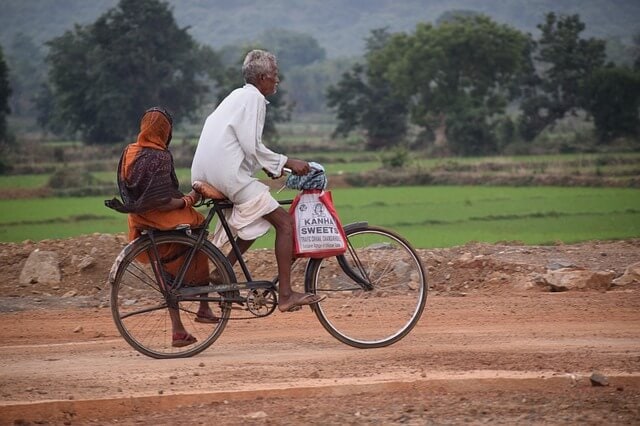
The dhoti, also known as panche, dhuti, or mardani, forms part of the traditional men’s attire in India. It resembles a sarong, a length of fabric wrapped around the waist and knotted, often worn in India, Southeast Asia, and Sri Lanka. When worn correctly, it looks like baggy, knee-length trousers without a distinct shape.
Made from a single, unstitched rectangular cloth about 4.5 meters long, the dhoti can be knotted at the front or back. It usually comes in solid or plain colors. Silk dhotis with embroidered borders are typically reserved for formal occasions.
People often wear the dhoti over undergarments like a langot or kaupinam, types of loincloths. The dhoti’s unstitched nature is believed to make it less susceptible to pollution, making it ideal for religious rituals. This is why it’s commonly worn during temple visits for ‘puja’ ceremonies.
Indian Elephant
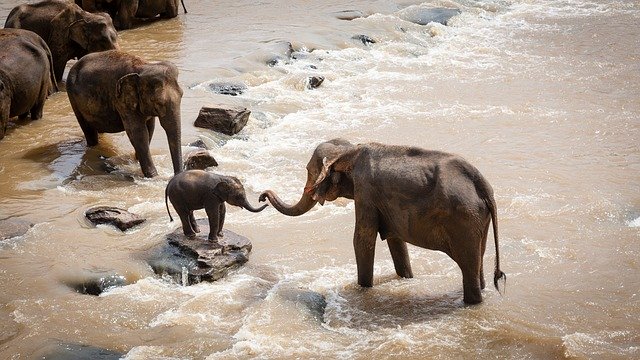
The Indian Elephant, an unofficial symbol of India, holds great significance in Hinduism. In Hindu mythology, elephants serve as mounts for deities. The beloved deity Ganesha has an elephant’s form, and the goddess Lakshmi often appears with four elephants representing prosperity and royalty.
Historically, armies trained elephants for their immense power and ability to overcome obstacles in battle. In India and countries like Sri Lanka, elephant imagery in homes is believed to bring good fortune and luck. Placing elephant figures at entrances is thought to attract positive energy.
The Indian Elephant has been on the IUCN Red List as an endangered species since 1986. Its population has declined by about 50%. Various conservation efforts are underway to protect this endangered species. While hunting them is illegal, it unfortunately still happens in some regions.
The Veena
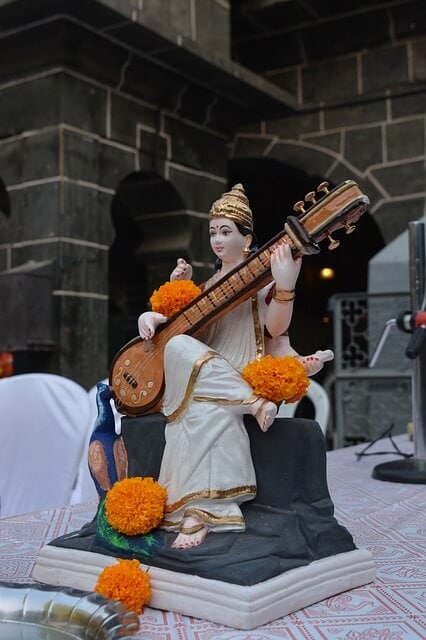
The veena, a plucked and fretted lute, plays a crucial role in South India’s classical Carnatic music. With a range of three octaves, its origins link to the ancient Indian instrument, the yazh, similar to the Grecian harp.
Veenas in North and South India differ slightly in design but have a similar playing style. Both types feature long, hollow necks, allowing for the legato ornaments and portamento effects characteristic of Indian classical music.
The veena holds significant symbolism in Hinduism, particularly associated with Saraswati, the goddess of learning and arts. As Saraswati’s most notable symbol, she’s often depicted holding the veena, symbolizing the expression of knowledge that brings harmony. Hindus believe that playing the veena requires tuning one’s mind and intellect, essential for living in harmony and gaining deeper life insights.
Bhangra
Bhangra, a traditional Indian dance, originated in Punjab as a folk dance linked with the Baisakhi spring harvest festival. This energetic dance, characterized by kicking, leaping, and bending, accompanies short Punjabi songs and the rhythm of the ‘dhol’, a two-headed drum.
Farmers in Punjab widely embraced Bhangra, performing it during farming activities to make their work more enjoyable. The dance also served as a celebration of their hard work and the arrival of the new harvest season.
The modern form and style of Bhangra emerged in the 1940s and has since undergone significant evolution. The Bollywood film industry incorporated Bhangra into its movies, popularizing the dance and its music both in India and globally.
King Cobra
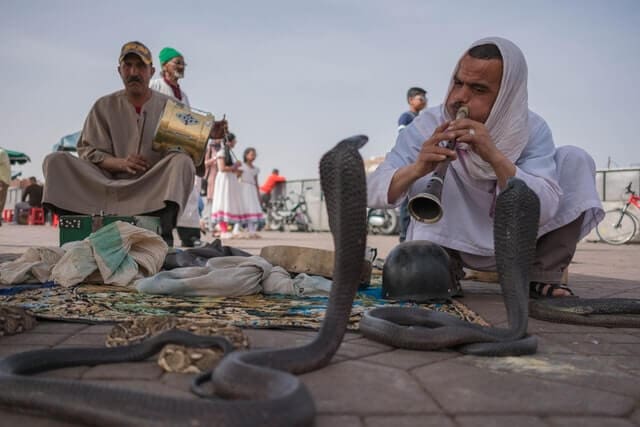
The king cobra (Ophiophagus hanna), the world’s largest venomous snake, can grow up to 3 meters long and inject up to 6ml of venom in a single bite. It inhabits thick jungles and dense rainforests. Despite its danger, the king cobra is a shy creature and rarely seen.
Both Buddhists and Hindus hold the cobra in high regard, making it India’s national reptile. Hindus associate the cobra’s skin shedding with immortality, and its image of eating its tail symbolizes eternity. The Hindu deity Vishnu is often depicted resting on a thousand-headed cobra, also representing eternity.
In India, people worship the cobra during the Nag-Panchami festival, performing religious rites to seek the cobra’s goodwill and protection. Buddhism also features many stories about the cobra, including a famous one where a large King cobra shielded Lord Buddha from rain and sun while he slept.
Om

The syllable ‘Om’ or ‘Aum’ is a sacred symbol that is said to represent God in three different aspects of Vishnu (the preserver), Brahma (the creator) and Shiva (destroyer). The syllable is a Sanskrit letter that was first found in the ancient religious Sanskrit texts known as ‘Vedas’.
The sound ‘Om’ is an elemental vibration which attunes us with our real nature and the Hindus believe that all creation and form come from this vibration. The mantra is also a powerful tool used to focus and relax the mind in yoga and meditation. It’s usually chanted either on its own or before spiritual recitations in Hinduism, Jainism and Buddhism.
Khichdi

Khichdi, a South Asian dish, consists of rice and lentils, typically dhal. Although India has no national dish, khichdi is often suggested. While there are variations, such as those using bajra and mung dal, the basic rice and lentil version is the most popular. In Indian culture, people often introduce khichdi as one of the first solid foods to babies.
This dish enjoys widespread popularity across the Indian subcontinent and varies regionally. Some versions include vegetables like potatoes, green peas, and cauliflower, and in coastal Maharashtra, prawns are a common addition.
Khichdi is a beloved comfort food known for its ease of preparation, requiring only one pot. In some areas, people traditionally serve khichdi with kadhi, a thick gram-flour gravy, and pappadum.
Wrapping Up
India’s array of symbols, including the majestic Bengal Tiger, the peaceful Lotus, the spiritual Ashoka Chakra, and the melodious Veena, vividly reflect its diverse culture, deep spirituality, and rich heritage. These symbols stand as testaments to India’s unique identity and its lasting legacy.








